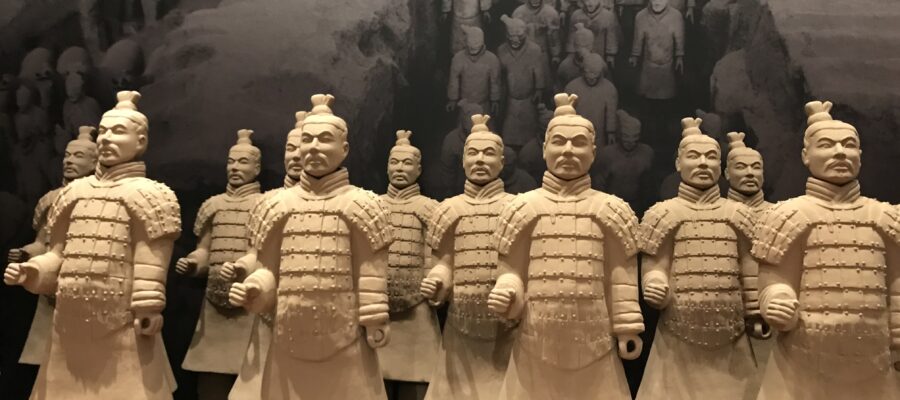30年ぶりの再会
いつも、日本の歴史・文化についてブログを書いていますが、世界史も好きなので、いろいろな展示会を見に行っています。今回は、京都市京セラ美術館で開催されている兵馬俑展を見てきました。京都に来る前は、東京で開催されていたと思います。
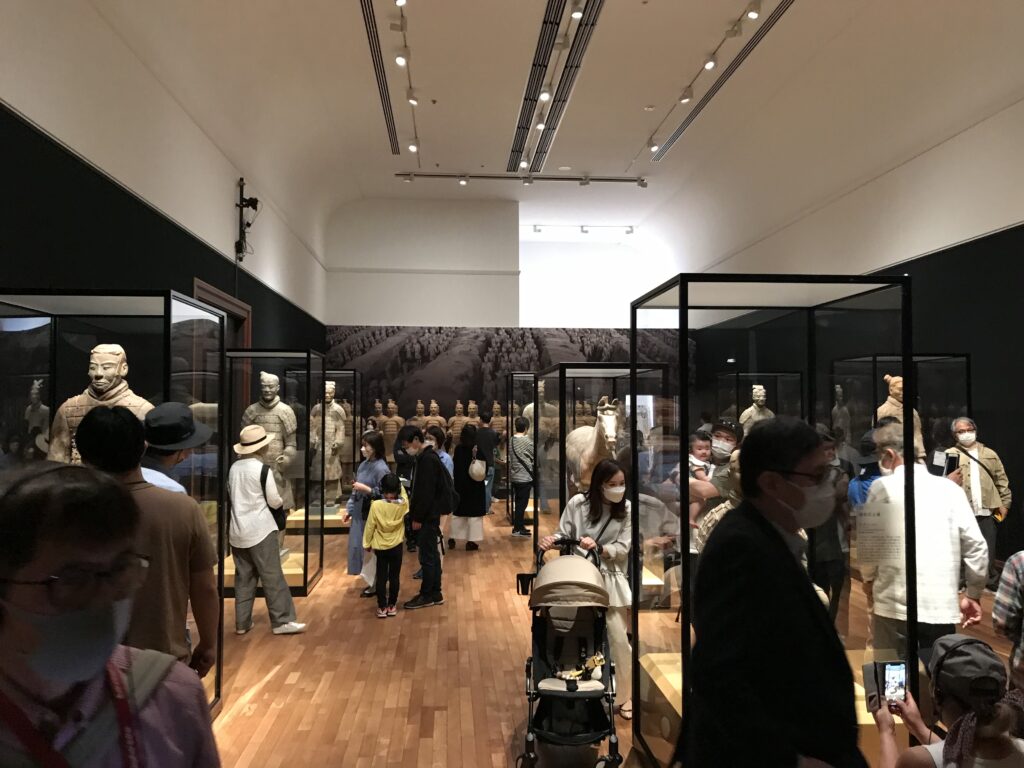
今から30年以上前の大学生時代、1991年の春に中国大陸へ出かけ、1カ月ほど一人旅をしたことがありました。香港から桂林に入り、そこから鉄道で2泊しながら西安へ行きました。かつての都、長安です。遣隋使、遣唐使が目指した中華帝国の都では、大雁塔、小雁塔など、脈々と歴史をつないできた歴史的建造物に感動したものでした。
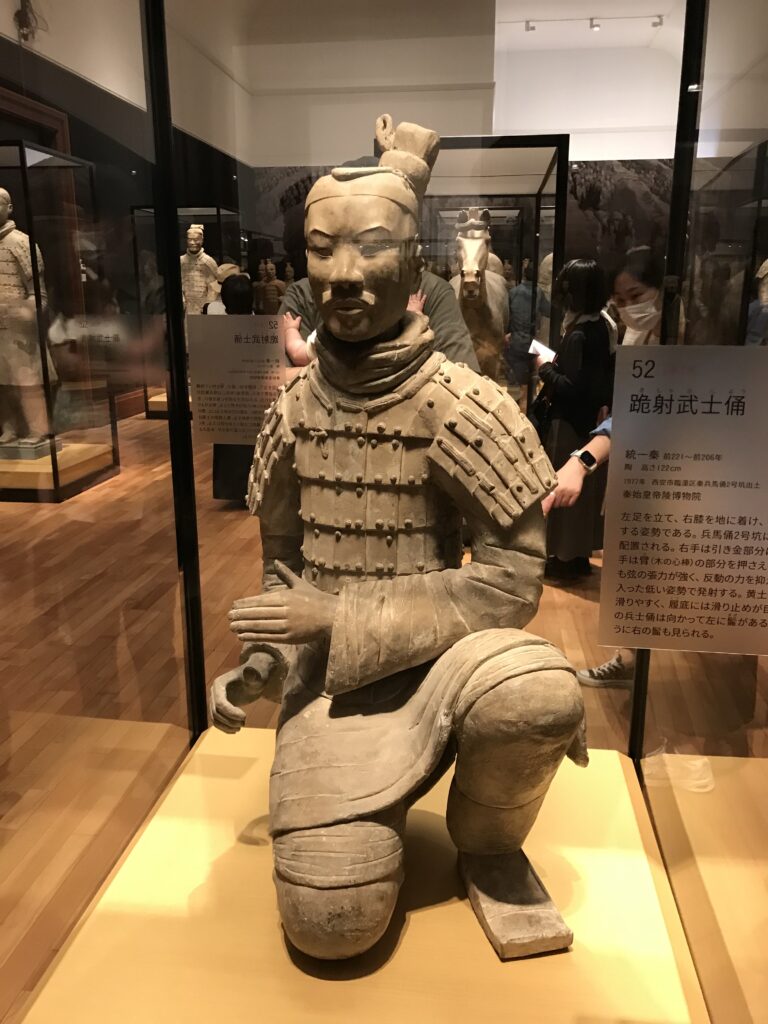
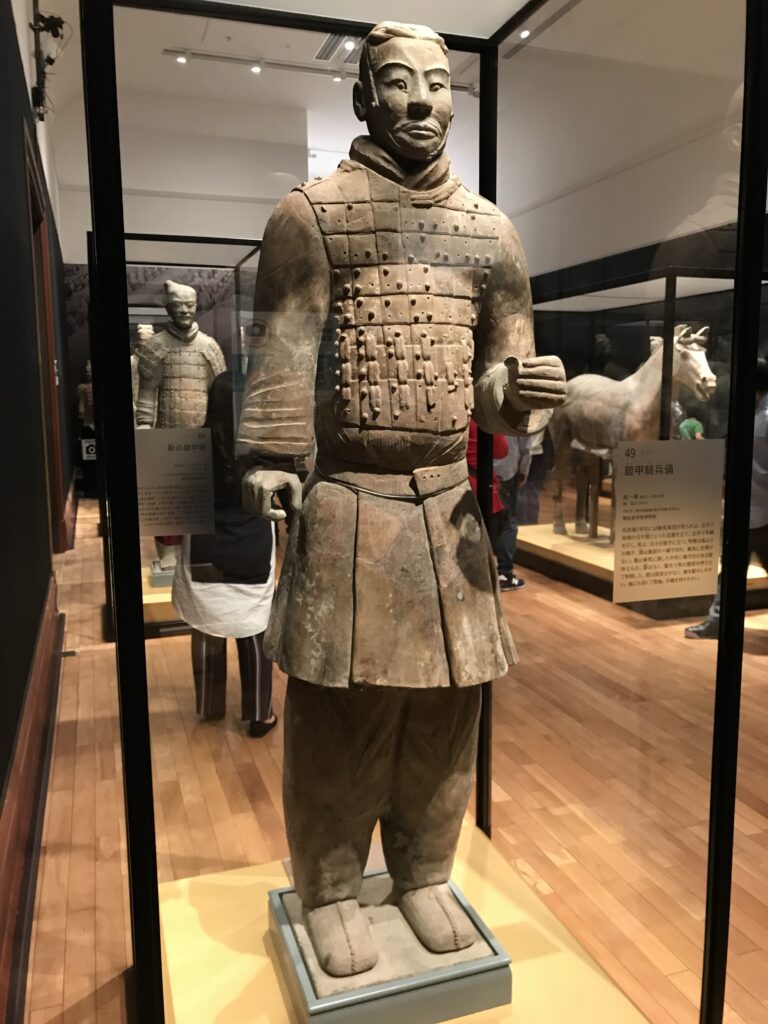
城壁で囲まれた城内だけでなく、郊外を巡るバスツアーにも参加し、玄宗皇帝と楊貴妃のロマンスの舞台である華清池なども見学した記憶があります。また、時代を更に遡って、秦の始皇帝の墓や、その近くにある兵馬俑の発掘現場も案内してもらいました。大きな天幕の下には、掘り出された兵馬俑が整列しているのに出会いました。2000年以上、土の中に埋もれていたためか、どれも色彩が鮮やかでないので、それほど記憶が鮮明には残っていませんでした。
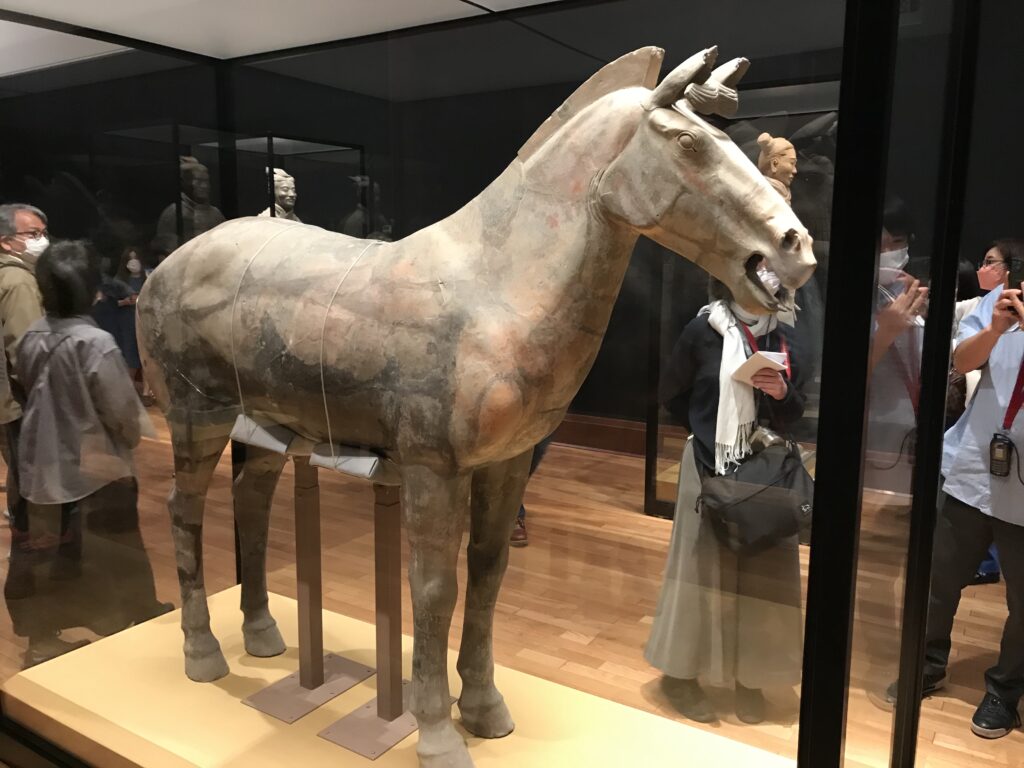
その後、就職しても、中国の歴史についての本や、歴史小説を読むのが好きで、今もときどき読み返しています。最近では、アニメのキングダムを妻と一緒に見ているので、今回は妻も同行してくれました。
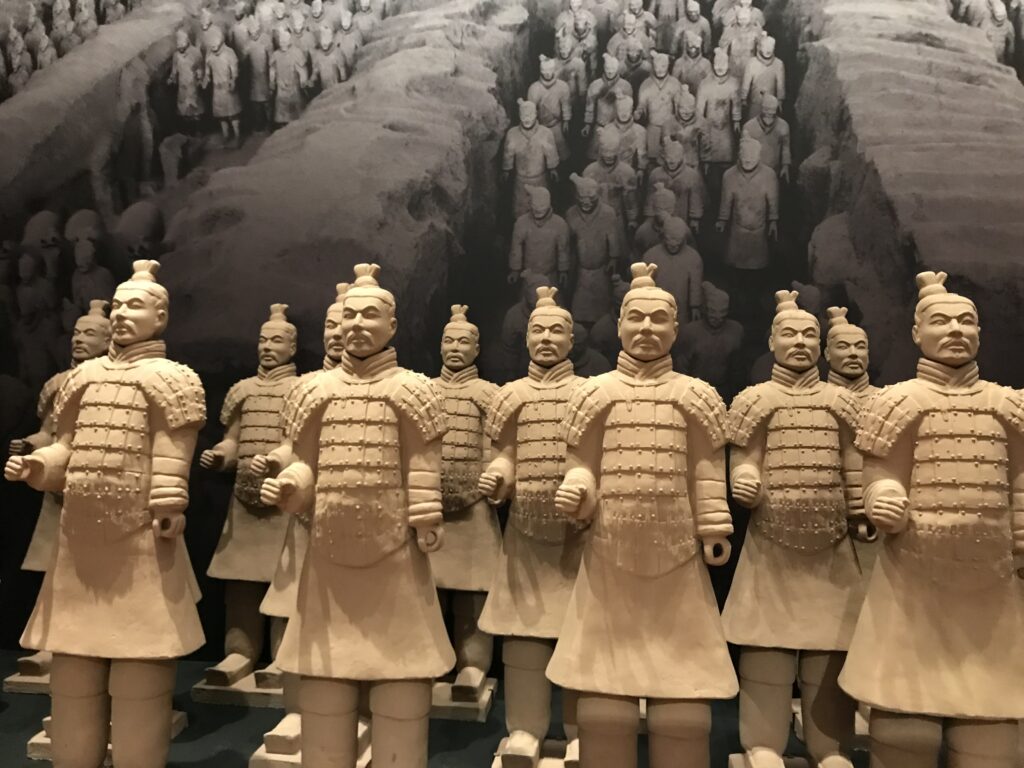
展示物のほとんどは写真撮影禁止だったのですが、出口近くの兵馬俑を並べた展示室は撮影が許可されていました。一体一体、写真をとりました。どれも、顔が異なりますが、口髭が付いています。ただ、顎髭はありません。一人一人、顔や姿が異なるのは、それぞれモデルが違うのでしょうか。30年ぶりに会った兵馬俑に懐かしい思いが湧いてきたのと共に、もう一度、西安を訪問して、妻と共に現地で再開したいとも思いました。(完)
京都のお土産
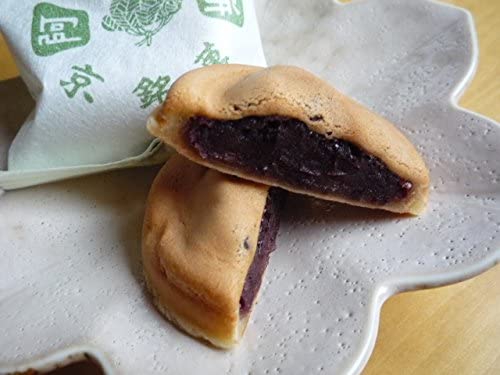
新品価格
¥4,845から
(2022/4/23 16:25時点)
Kyoto Kyocera Museum of Art (1) Terracotta Warriors and Horses Exhibition
Reunion after 30 years
I always blog about Japanese history and culture, but I also like world history, so I go to see various exhibitions. This time, I visited the Terracotta Warriors and Horses exhibition at the Kyoto Kyocera Museum of Art. Before it came to Kyoto, I think it was held in Tokyo.
More than 30 years ago, when I was a college student, I went out to mainland China in the spring of 1991 and traveled alone for about a month. I entered Guilin from Hong Kong and took the train to Xi’an, staying in the train for two nights. This is Chang’an, the former capital of China. I was impressed by the historical buildings such as the Big Goose Pagoda and the Little Goose Pagoda, which have been part of the history of the Chinese Empire, which was the goal of the Japanese envoys to Sui Dynasty and Tang Dynasty.
I remember taking a bus tour not only inside the walled city, but also in the suburbs, and visiting Huaqing Pond, where the romance between Emperor Xuanzong and Yang Guifei took place. I was also taken further back in time to the tomb of Qin Shi Huangdi and the excavation site of the terracotta army nearby. Under a large tent, I encountered an array of terracotta warriors that had been dug out; perhaps because they had been buried in the ground for more than 2,000 years, none of the colors were vivid, so the memories were not so vivid.
Later, when I got a job, I still enjoyed reading books about Chinese history and historical novels, and I still reread them from time to time. Recently, I have been watching the anime Kingdom with my wife, so she accompanied me this time.
Photography was prohibited for most of the exhibits, but in the exhibition room with the terracotta warriors near the exit, photography was allowed. I took a picture of each one. All of them have different faces, but they all have moustaches. However, they do not have beards. I felt nostalgic about seeing the terracotta army for the first time in 30 years, and I also wanted to visit Xi’an again to see them again with my wife. (End)
Musée d’art de Kyoto Kyocera (1) Exposition de guerriers et chevaux en terre cuite
Réunion après 30 ans
Je blogue toujours sur l’histoire et la culture japonaises, mais j’aime aussi l’histoire du monde, alors je vais voir diverses expositions. Cette fois-ci, j’ai visité l’exposition Guerriers et chevaux en terre cuite au musée d’art Kyocera de Kyoto. Avant de venir à Kyoto, je crois qu’elle se tenait à Tokyo.
Il y a plus de 30 ans, lorsque j’étais étudiant, je suis allé en Chine continentale au printemps 1991 et j’ai voyagé seul pendant environ un mois. Je suis entré à Guilin depuis Hong Kong et j’ai pris le train pour Xi’an, où j’ai passé deux nuits. Voici Chang’an, l’ancienne capitale de la Chine. J’ai été impressionné par les bâtiments historiques tels que la Pagode de la Grande Oie et la Pagode de la Petite Oie, qui ont fait partie de l’histoire de l’Empire chinois, qui était le but des envoyés japonais à la dynastie Sui et à la dynastie Tang.
Je me souviens d’avoir fait un tour en bus non seulement à l’intérieur de la ville fortifiée, mais aussi dans les faubourgs, et d’avoir visité l’étang de Huaqing, où s’est déroulée la romance entre l’empereur Xuanzong et Yang Guifei. J’ai également été transporté plus loin dans le temps, jusqu’à la tombe de Qin Shi Huangdi et au site de fouilles de l’armée en terre cuite situé à proximité. Sous une grande tente, j’ai rencontré un ensemble de guerriers en terre cuite qui avaient été déterrés ; peut-être parce qu’ils avaient été enterrés dans le sol pendant plus de 2 000 ans, aucune des couleurs n’était vive, et les souvenirs n’étaient donc pas aussi vifs.
Plus tard, lorsque j’ai trouvé un emploi, j’ai toujours aimé lire des livres sur l’histoire de la Chine et des romans historiques, et je les relis encore de temps en temps. Récemment, j’ai regardé l’anime Kingdom avec ma femme, elle m’a donc accompagné cette fois-ci.
La photographie était interdite pour la plupart des expositions, mais dans la salle d’exposition avec les guerriers en terre cuite près de la sortie, la photographie était autorisée. J’ai pris une photo de chacun d’entre eux. Ils ont tous des visages différents, mais ils ont tous des moustaches. En revanche, ils n’ont pas de barbe. J’ai ressenti de la nostalgie en voyant l’armée en terre cuite pour la première fois en 30 ans, et j’ai également voulu visiter Xi’an à nouveau pour les revoir avec ma femme. (Fin)
